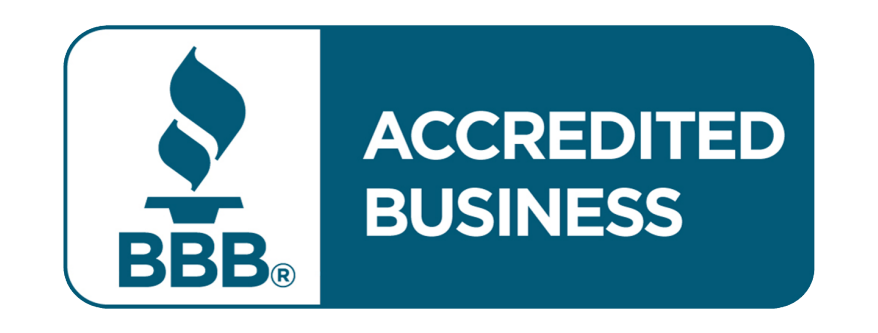Interior Waterproofing
When Is It Beneficial to Do Internal Waterproofing?
Interior waterproofing is a versatile solution suitable for homes in any location, including densely populated urban areas like Toronto where exterior waterproofing might be challenging due to proximity between buildings. It's particularly advisable for properties in high water table regions, those experiencing water coming through floor cracks, or where expensive landscaping prevents external work.
This doesn't mean you're left without options for keeping your home dry and healthy. Implementing an interior waterproofing system before the rainy season can safeguard your space efficiently and quickly, covering every corner of your home.
Additionally, interior waterproofing offers a chance to revamp your basement's aesthetics, especially if you're considering remodelling or starting from an unfinished space.
Though integrating waterproofing with renovations might increase costs, the investment ensures a visually appealing and moisture-free basement, enhancing your home's overall comfort and value.
Step-by-Step Process of Internal Waterproofing
- The concrete floor is broken around the perimeter in which the system is needed, approximately 8 to 10 inches away from the foundation wall.
- Concrete is then removed, and the trench is made to accommodate the 4-inch perforated weeping tile.
- The weeping tile is installed and must be connected to a discharge like a floor drain or a sump pump.
- Then, a dimpled sheet of drainage membrane is installed on the interior exposed wall where the system has been installed.
- We then cover the weeping tile with a layer of ¾ clear gravel to gain optimal drainage to the tile.
- After the membrane and gravel are installed, this allows any water from above grade or below grade to drain in the system installed.
- Then, a layer of concrete is installed over the exposed trench that will finish the floor back to its original level.




